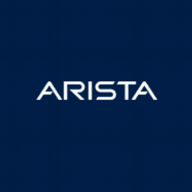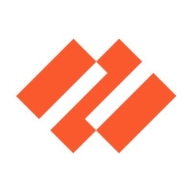

Find out what your peers are saying about Darktrace, Vectra AI, Trend Micro and others in Network Detection and Response (NDR).
| Product | Market Share (%) |
|---|---|
| Arista NDR | 3.8% |
| Darktrace | 21.5% |
| Vectra AI | 15.0% |
| Other | 59.7% |
| Product | Market Share (%) |
|---|---|
| Palo Alto Networks Advanced Threat Prevention | 5.7% |
| Fortinet FortiGate | 16.4% |
| Darktrace | 13.8% |
| Other | 64.1% |

| Company Size | Count |
|---|---|
| Small Business | 5 |
| Midsize Enterprise | 2 |
| Large Enterprise | 7 |
| Company Size | Count |
|---|---|
| Small Business | 9 |
| Midsize Enterprise | 4 |
| Large Enterprise | 14 |
Arista NDR (formerly Awake Security) is the only advanced network detection and response company that delivers answers, not alerts. By combining artificial intelligence with human expertise, Arista NDR hunts for both insider and external attacker behaviors, while providing autonomous triage and response with full forensics across traditional, IoT, and cloud networks. Arista NDR delivers continuous diagnostics for the entire enterprise threat landscape, processes countless network data points, senses abnormalities or threats, and reacts if necessary—all in a matter of seconds. The Arista NDP platform stands out from traditional security because it is designed to mimic the human brain. It recognizes malicious intent and learns over time, giving defenders greater visibility and insight into what threats exist and how to respond to them.
The Advent of Advanced Network Detection and Response & Why it Matters
Palo Alto Networks Advanced Threat Prevention is a cloud-based security service that combines cutting-edge technologies, including machine learning, artificial intelligence, and expert human monitoring, to effectively thwart advanced threats like malware, zero-day attacks, and command-and-control threats. It offers inline protection, scrutinizing all network traffic irrespective of port, protocol, or encryption. An integral component of Palo Alto Networks' security platform, it enjoys widespread adoption across diverse organizations. With its robust security capabilities, it's an ideal choice for entities of all sizes, particularly those in high-risk sectors such as finance, healthcare, and government agencies, seeking to safeguard their networks from a broad spectrum of advanced threats.
We monitor all Network Detection and Response (NDR) reviews to prevent fraudulent reviews and keep review quality high. We do not post reviews by company employees or direct competitors. We validate each review for authenticity via cross-reference with LinkedIn, and personal follow-up with the reviewer when necessary.